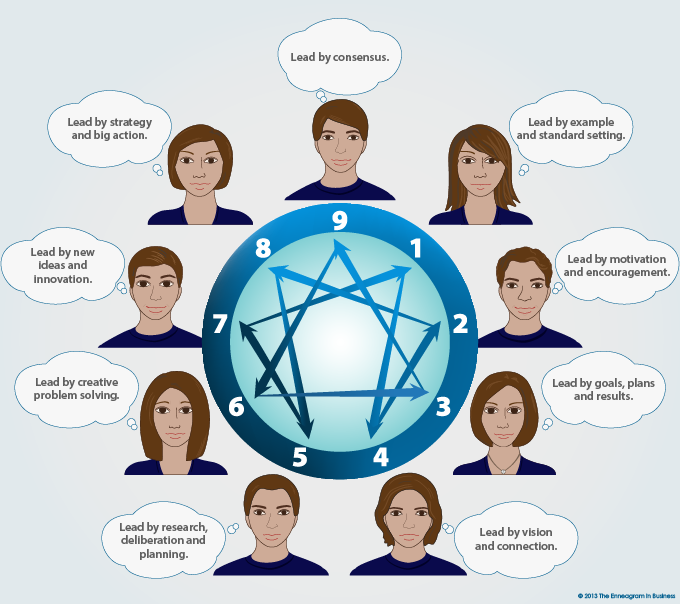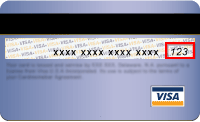How the 9 Enneagram types perceive leadership

Leadership and the Enneagram
When asked to describe their leadership style, most leaders – even the most savvy – feel perplexed. Often the answer is very short and may be based on feedback they’ve received. However, our leadership style actually grows directly from our Enneagram style and is surprisingly clear. And from this clarity can emerge immense acceptance for our strengths and the possibility of transformative growth.
The Enneagram’s leadership application enables participants to understand the 9 different leadership paradigms and their related leadership strengths and potential derailers; the predictable behaviors of leaders of each type; and the best development activities to enhance your leadership capability based on your Enneagram type. In addition, the Enneagram can be used to develop very specific leadership competencies, from driving for results to strategic planning, leading high-performing teams, and more.
Find out about the leadership strengths, challenges and development tips for each Enneagram type.
Strengths
One
Lead through example, organization, consistency, responsibility, pragmatism, and attention to details
Two
Lead through motivation, developing excellent relationships, supportiveness, and resourcefulness
Three
Lead through clear goals, focus, entrepreneurial spirit, energy, and “can-do” attitude
Four
Lead through values-based vision, creativity, inspiration, compassion, and interpersonal connectedness
Five
Lead through research and planning, logical insight and analysis, objectivity, and expertise
Six
Lead through collaborative, creative problem solving, risk assessment, loyalty, and perseverance
Seven
Lead through innovation, high energy, idea generation, enthusiasm, curiosity, and engagement
Eight
Lead through strategic vision, understanding influence networks, honesty, boldness, and action
Nine
Lead through diplomacy, consensus, inclusiveness, patience, respect for others, and consistency
Challenges
One
Being reactive and critical, overly involved in operational details, opinionated, and inflexible
Two
Being overly relationship-focused, having difficulty saying no or setting boundaries, and being too involved
Three
Being too competitive, abrupt when stressed, impatient with lengthy conversations, and over-working
Four
Being too intense or moody, over-emphasize feelings, over-sensitive, and withdrawn
Five
Being detached, remote or aloof, overly independent, discomfort engaging others, and overly cerebral
Six
Being too wary and cautious or too risk-taking, too compliant or too defiant, and projecting feelings and thoughts
Seven
Being impulsive and unfocused, avoiding difficult issues, rationalizing, and lack of thorough follow-up
Eight
Being controlling and demanding, agitated with slow pace or lack of big action, and being highly over-extended
Nine
Being unassertive, conflict avoidant, overly accommodating, and being indecisive or low energy
Development tips
One
Learn to delegate, even the work you enjoy doing, without hovering or constantly checking up on others
Two
Focus on tasks equally with the relationship aspects of leading, take time for yourself to rest, eat and relax
Three
Identify less with your work as the primary sense of who you are and the value you bring
Four
Focus less on yourself, your feelings, and the emotions of others, and more on the task at hand
Five
Gain greater access to your emotional state in real time and trust your body instincts more
Six
Ask fewer “what ifs” and more “why nots” as you approach leadership challenges
Seven
Talk less, listen more, stand still, and focus on execution equally with idea generation
Eight
Learn to forgive and forget, remembering that there are multiple, valid perspectives, and invite conversation
Nine
Believe in yourself, honor what you have to offer as a leader, and share your point of view with others


